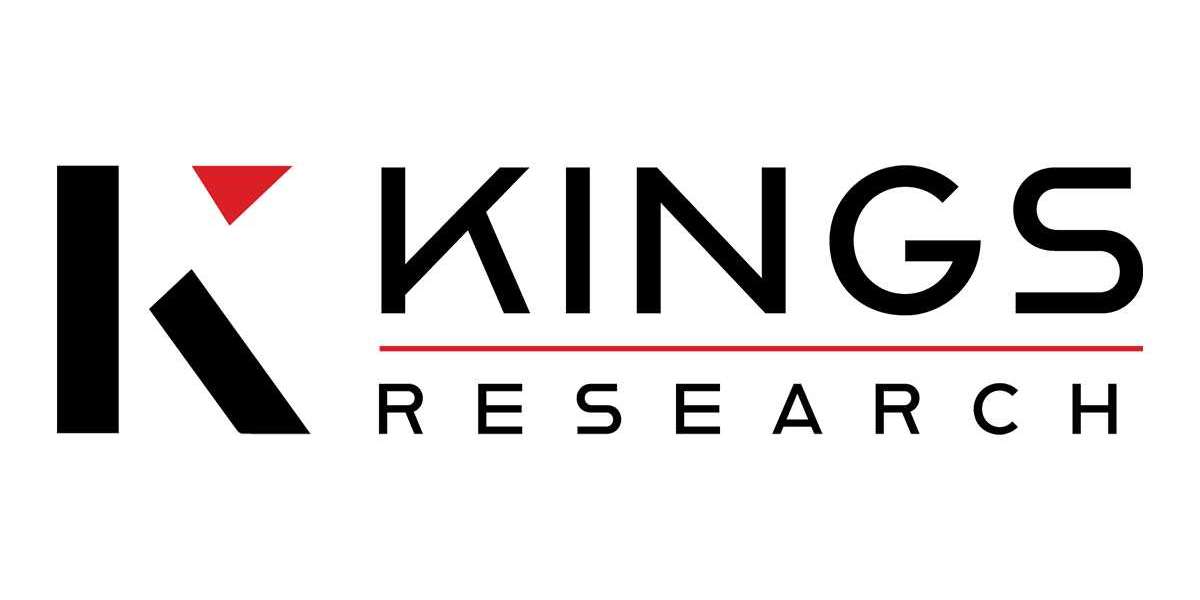Post-Surgical Healing: How Abdominal Pads Support Faster Recovery
In 2025, medical technology and patient care have become more personalized, advanced, and efficient—but sometimes, the most crucial tools in recovery are still the simplest. One such unsung hero is the abdominal pad, a sterile, absorbent dressing essential in post-surgical healing. These pads might seem like a basic medical supply, but they play a pivotal role in preventing infection, managing exudate (wound drainage), and ensuring comfort for recovering patients.
As surgical volumes increase globally—especially abdominal procedures such as cesarean sections, appendectomies, hernia repairs, and bariatric surgeries—the demand for high-quality abdominal pads is rising. Let’s explore how these products are evolving in 2025 and why they are vital for safe and speedy post-operative care.
? What Are Abdominal Pads?
Abdominal pads (often called ABD pads, short for “abdominal”) are large, multi-layered wound dressings designed to absorb high volumes of exudate while keeping the surgical site clean and dry. Key features include:
A soft, non-woven outer layer for patient comfort
An absorbent core to manage drainage
A moisture barrier backing that helps protect clothing and prevent fluid leakage
These pads are typically used for:
Post-surgical wounds, especially abdominal incisions
Heavily draining wounds
Emergency trauma care
Modern abdominal pads are available in various sizes and absorbency levels, tailored for different surgical needs and patient types.
? Why Abdominal Pads Are Essential for Recovery
1. Infection Prevention
One of the biggest risks after surgery is surgical site infection (SSI), which can lead to complications, prolonged hospital stays, or even readmission. Abdominal pads provide a sterile barrier between the wound and external contaminants, significantly reducing the risk of bacterial exposure.
In 2025, many manufacturers have started incorporating antimicrobial materials—such as silver ions—into their pads, further boosting infection control.
2. Effective Fluid Management
Post-surgical wounds often produce a large amount of exudate. If this fluid isn’t properly managed, it can macerate surrounding skin, cause discomfort, and slow healing. Abdominal pads with high-absorbency cores help to:
Keep the wound dry
Minimize dressing changes
Reduce the risk of leakage and skin breakdown
This leads to a more stable healing environment and less disruption to the wound site.
3. Enhanced Patient Comfort
Recovery is not just about clinical outcomes—it’s also about the patient’s experience. Abdominal pads are designed to be:
Soft and breathable to reduce irritation
Cushioned for added protection during movement
Non-adhesive so they don’t stick to the wound during removal
All of this results in less pain during dressing changes and greater mobility, which is essential for patients recovering at home.
? Innovations in Abdominal Pads in 2025
As the wound care industry evolves, abdominal pads are no longer just simple cotton layers. Today’s innovations focus on efficacy, sustainability, and patient outcomes:
✔️ Eco-Friendly Materials
Manufacturers are adopting biodegradable and recyclable components to meet environmental standards without compromising sterility or performance.
✔️ Smart Dressings
Some next-gen abdominal pads are integrated with moisture indicators or even wearable sensors that alert patients or caregivers when the dressing needs to be changed—improving compliance and reducing unnecessary disruption.
✔️ Customized Sizes and Shapes
New products in 2025 are tailored for specific surgical sites and body types, ensuring a snug, secure fit that prevents slipping or bunching.
? Use in Hospital and Home Settings
With the rise of outpatient surgeries and at-home recovery, abdominal pads are being designed for both clinical professionals and non-medical caregivers.
Hospitals rely on them for their sterility and consistency, while home users appreciate the ease of use and comfort. Many brands now offer pre-packaged sterile kits that include abdominal pads along with tape and gauze—streamlining home wound care and reducing the need for additional medical visits.
? Market Trends and Growth
The global abdominal pads market is projected to grow steadily through 2025, driven by:
A rise in surgical procedures and trauma cases
Growing awareness around post-operative care
An aging population that requires more wound management products
Regions like North America, Europe, and parts of Asia-Pacific are seeing the fastest adoption of advanced wound care products, including high-performance abdominal pads.
✅ Final Thoughts
In an era where high-tech medical devices dominate the headlines, it’s easy to overlook the simple tools that are essential to healing. Abdominal pads may not be flashy, but their role in post-surgical recovery is critical.
From absorbing wound drainage to preventing infection and easing discomfort, abdominal pads help patients recover faster, safer, and with fewer complications. As innovations continue to emerge in 2025, these pads are getting smarter, safer, and more sustainable, ensuring they remain a staple in modern wound care for years to come.







